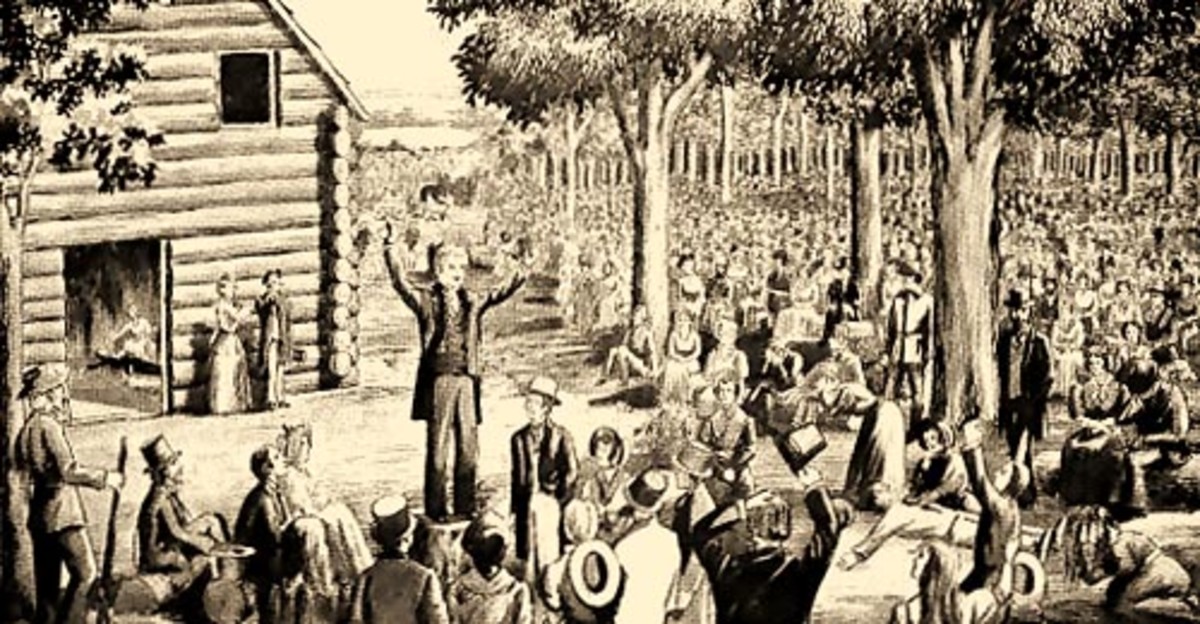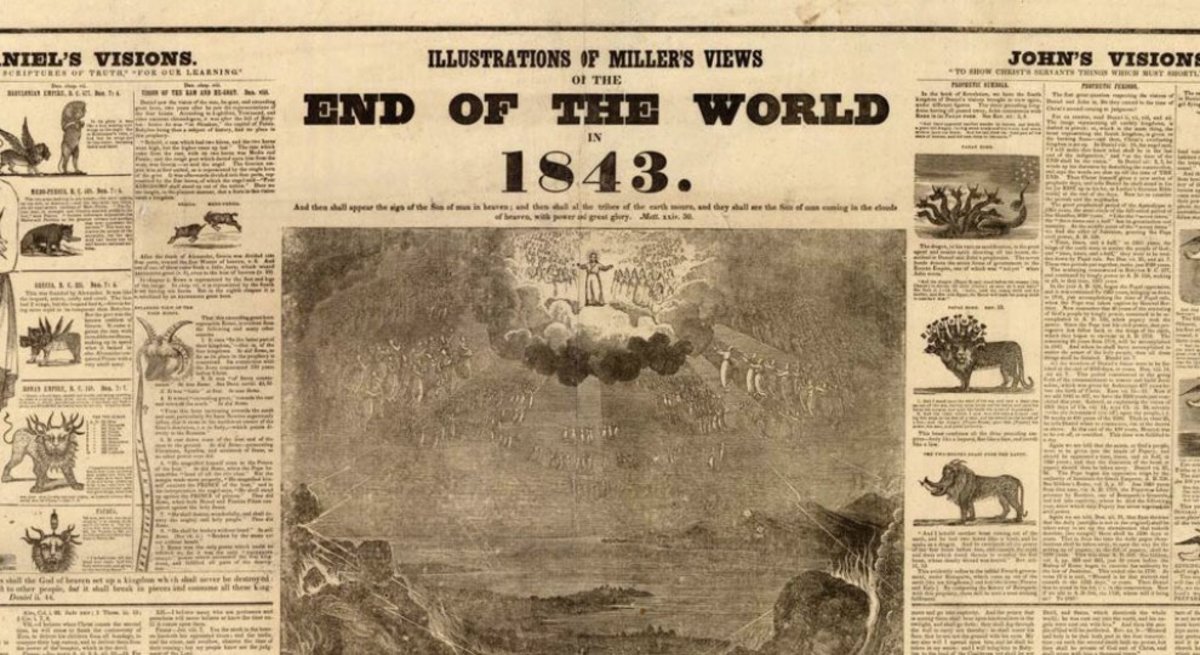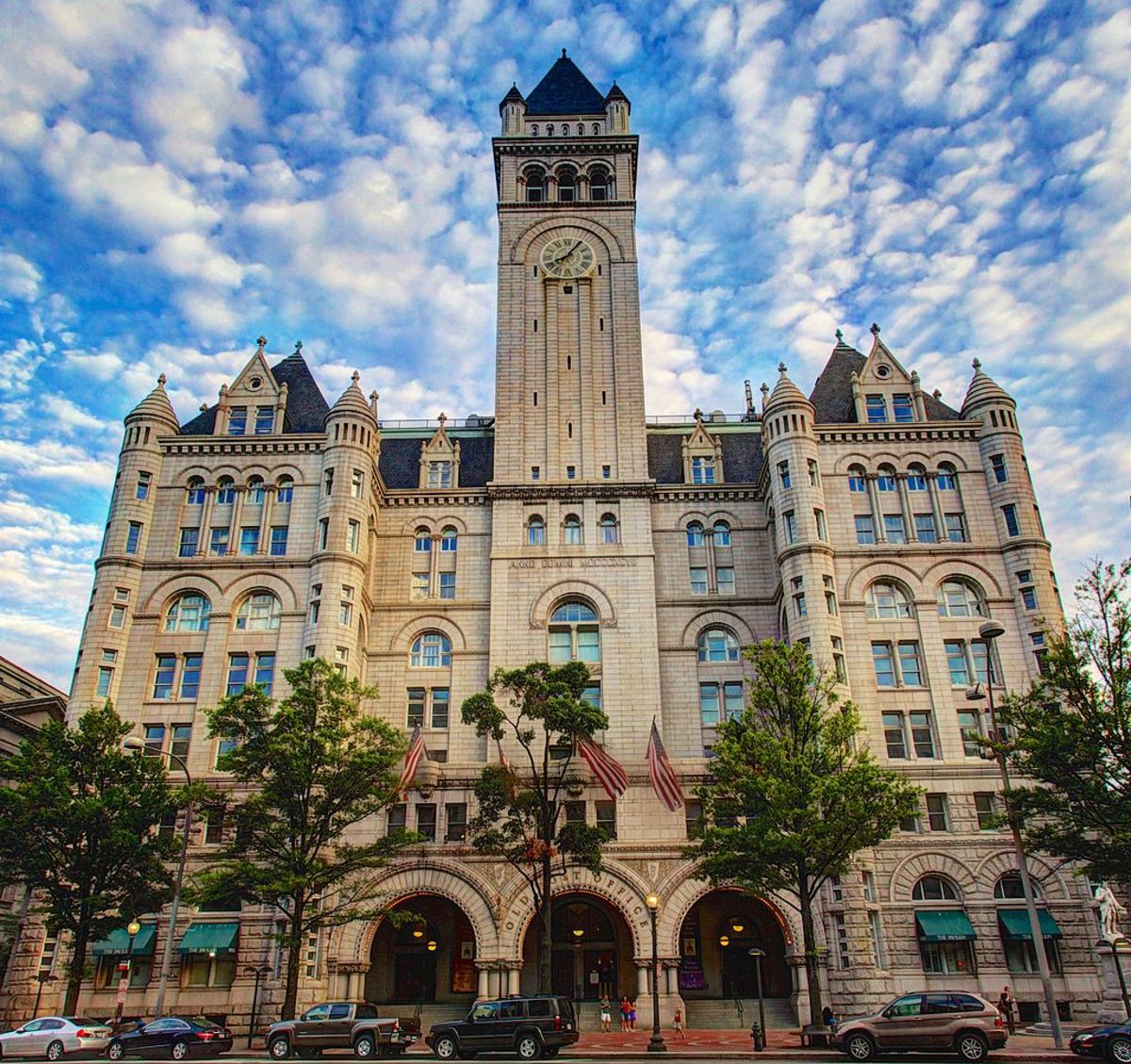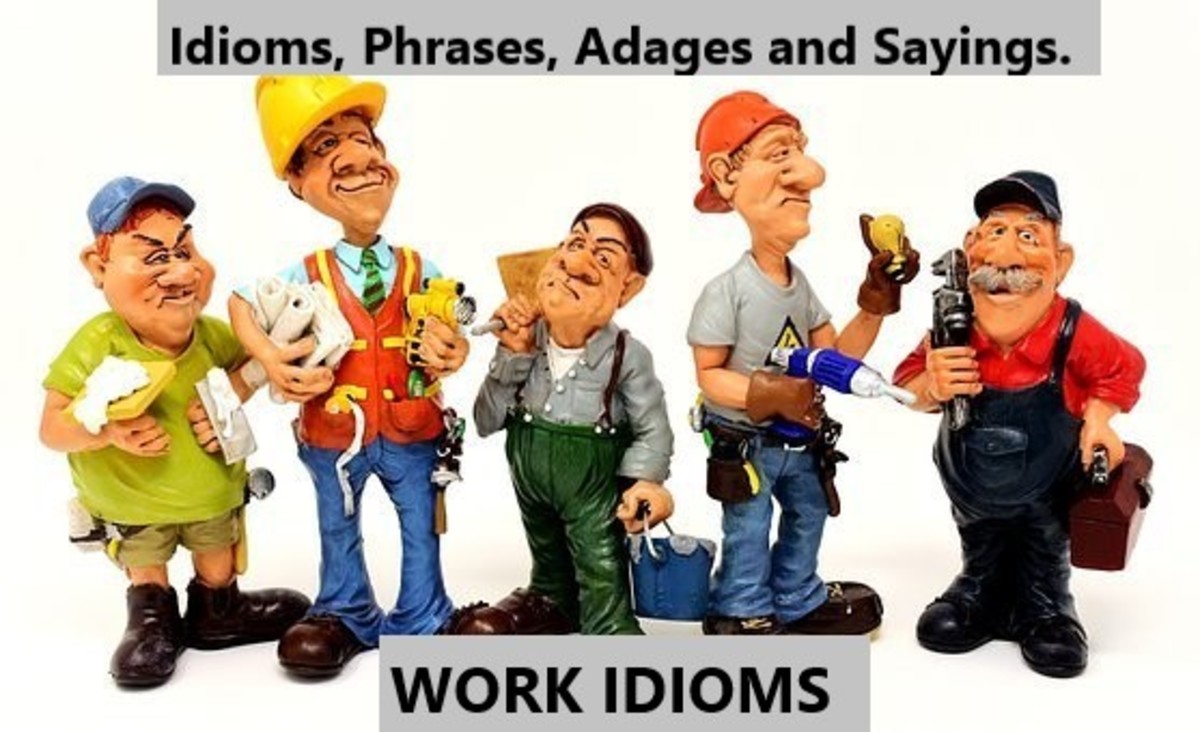Reform in the 1800's
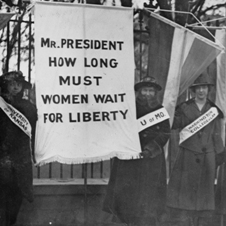
Reformation in The 1800's
In the years 1825 to 1850 there were a great deal of changes happening in the United States. The main cause of all these changes can be seen as the Second Great Awakening. The Second Great Awakening was much like the First Great Awakening just on a much larger scale. The most obvious result of the Second Great Awakening was the mass revival of religions across the nation, and the formation of various denominations. Another result is the significant change in politics which can be seen through the reform movements for women’s rights that were happening across the nation. Social changes were also common as a result of the Second Great Awakening. These changes included education, prison, abolitionism and temperance movements. The immediate effects of the Second Great Awakening presented themselves in the form of great change for the religious, political, and social norms of the United States.
The Second Great Awakening was a surge of religious awareness and activism. This caused the formation of various religious denominations. Among these denominations were Deism, Unitarianism, Baptist, Mormons, and Methodist. These were formed as a way for individuals to break away from religions that they did not agree with. These movements spread like wildfire across the nation. One of the most prominent preachers of the Second Great Awakening, Charles G. Finney, explained this wildfire movement by saying “The reformation and salvation of sinners will follow.” Finney was saying that the sins of the nation made it possible for the mass religious revival of the Second Great Awakening . This eventually resulted in the acceptance of these denominations as credible religions. The general success of these movements also leads to the formation of other reforms outside of religion.
Political reform is a direct result of the religious reforms of the Second Great Awakening. The woman who participated in the religious reforms gained valuable experience in activism that they would later use to fight for their rights. Elizabeth Cady Stanton, a major leader of this movement, puts these movements’ goals into words best when she said “declare our right to be free as a man is free, to be represented in the government that we are taxed to support.” Stanton and women like her sought the same rights as men had at this time . Women even went as far as to emulate the Declaration of Independence in their writing of the Declaration of Sentiments at their Woman’s Rights Convention at Seneca Falls. This declaration basically stated that women should have the same rights as men. There were many movements across the nation for woman’s rights during this time period, but there was little to no success involved with this reform during this time period.
Mid-Essay Poll
Were you aware of these movements before reading this Essay?
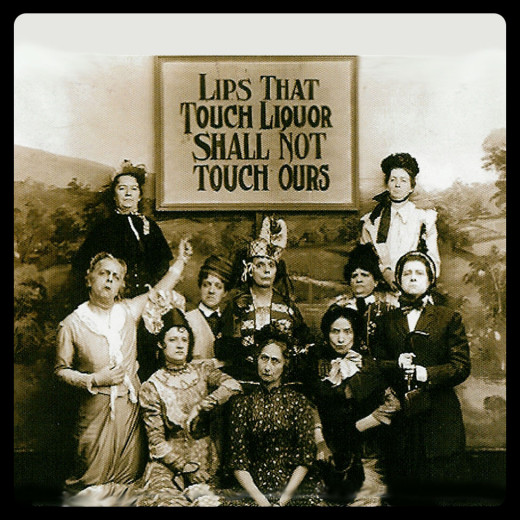
Another movement largely ran by women that was more successful is the temperance movement. The American Temperance Society was formed in Boston in 1826 as a way to reduce the consumption of alcohol. During this time, it was not uncommon for men to excessively consume alcohol during all times of the day. This movement sought to protect the sanctity of the family, the spiritual welfare, and physical safety of women and children by putting a stigma on drunkenness. Their method of accomplishing this included everything from posters to rallies. Document H is one such example of posters they used to accomplish this. The poster shows a 9 step progression from “a glass with a friend” to “death and suicide.” The slippery slope they draw from this poster worked wonders in helping them achieve their goal. All the efforts of this movement resulted in a substantial decrease in alcohol consumption. In the same sense of bettering family life a movement to better education was formed. This movement was headed up by various people such as Horace Mann, Noah Webster, and William H. McGuffey. McGuffey sought to decrease the prevalence of child labor in the nation through the distribution of his McGuffey Reader. The Reader used an odd sense of sarcasm to point out the faults of child labor. He best shows this in document E when he tells a story of a boy who rises before the sun, goes to school, skips playing with friends, runs home to head off to work with his dad, and then exclaims how happy he is to have bread and bacon for supper. This shows an obvious sarcasm that the boy would be happy to go through such a day and be content with a meager meal. Noah Webster attempted to better education by printing and distributing Webster’s Dictionary across the nation. His dictionary allowed for a consistency of the English language. This helped put everyone on the same page as far as spelling and grammar are concerned. Horace Mann campaigned for better school houses and teachers, longer school terms, and more extensive curriculum. As school board secretary he was able to accomplish this and his example soon spread to other districts and states. From the efforts of these individuals education quality and availability was greatly increased. Another movement that impacted the social aspect of the nation was prison reform; Dorothea Dix headed up this movement. Dix wanted to improve the living conditions of inmates and also arrange for an area for the mentally ill. Dix didn’t think that the criminally insane should be held in the same facility as convicted criminals. Dix lobbied and campaigned for penal reform and after many years was able to achieve her goal. She improved the living conditions of inmates and also established psychiatric wards for the clinically insane. The social movements of this time were largely successful.
The religious revivals sweeping across the nation inspired many people to change things for the better. The formation of various religious denominations bettered people’s religious lives. Women sought to achieve the same political status as men. Many social changes occurred that bettered the life of families, children and even inmates. The Second Great Awakening may have been the cause of all of these changes, but the lasting religious, political, and social changes would have a lasting effect on the young nation for years to come.

